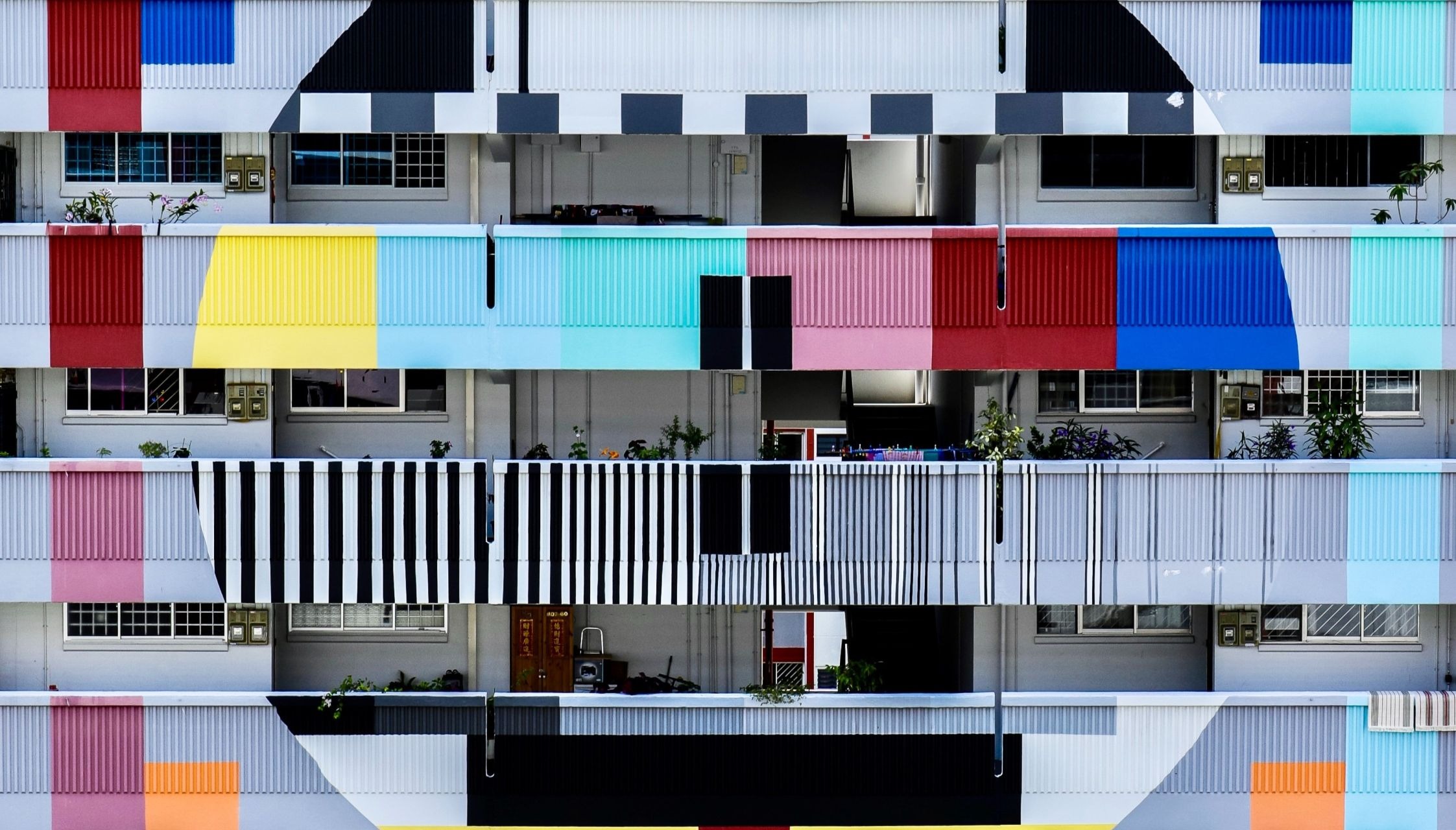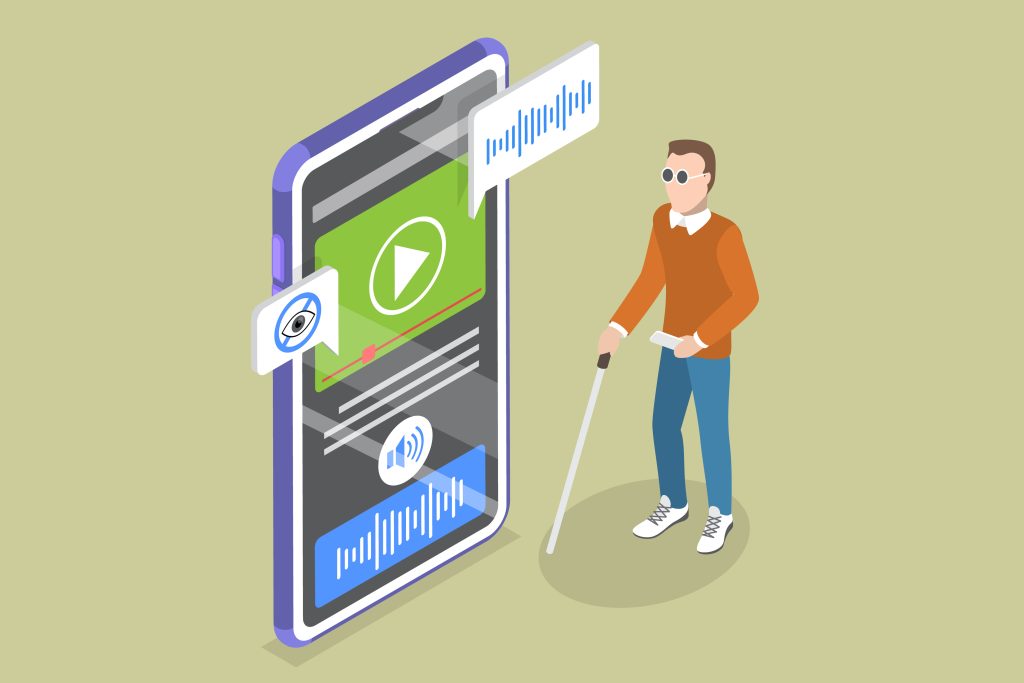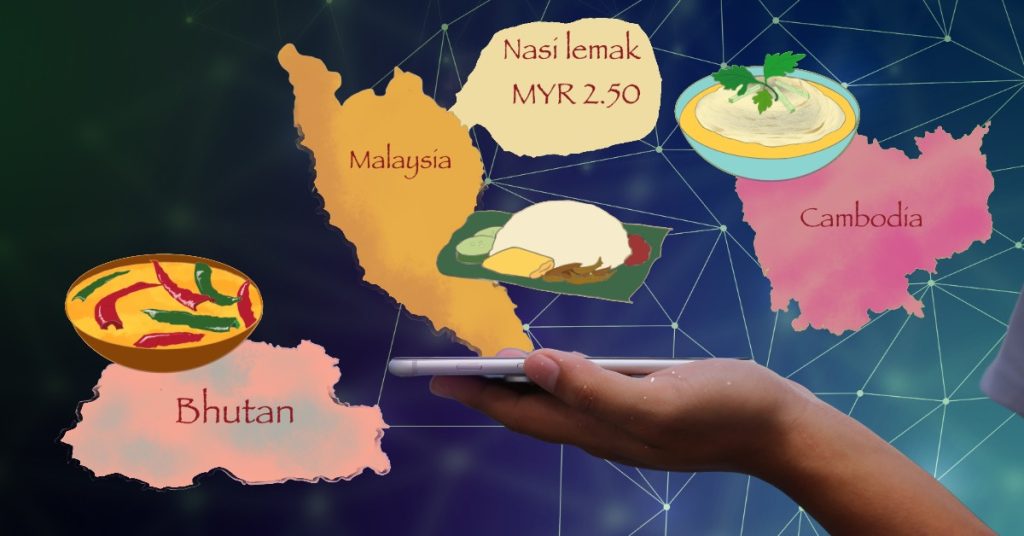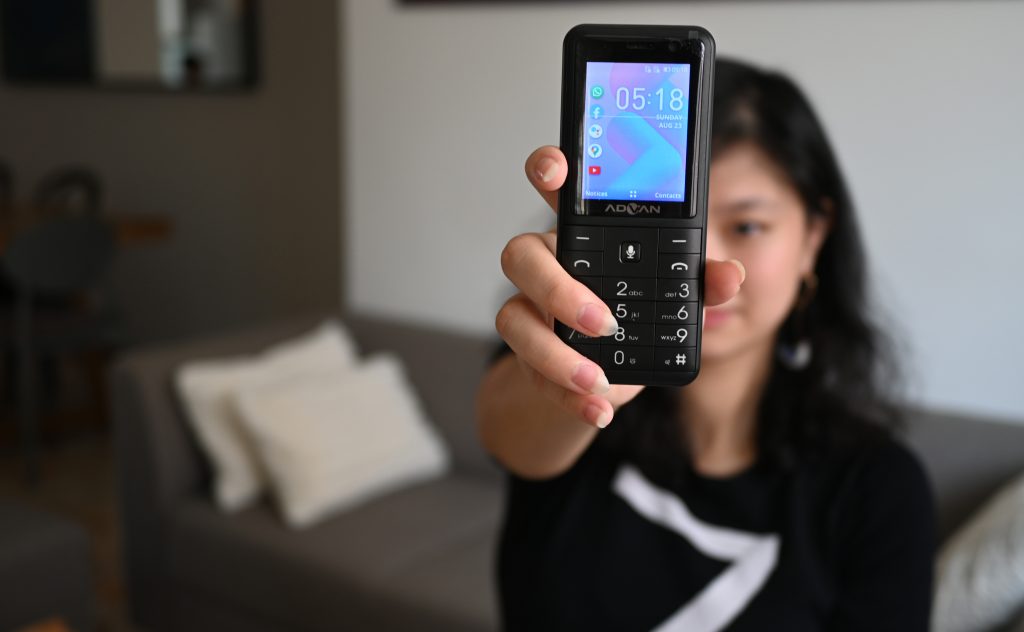How some groups are working to close the gap between the digital haves and have-nots, in the city-state purported to be the technology capital of Asia, one laptop at a time.
If you’re used to carrying around the internet in your pocket, it might be hard to imagine navigating life without a smartphone.
But around 4 billion people in the world do not have access to the internet.
While many of those without digital access live in developing economies, it doesn’t follow so simply that those with digital access are from developed economies, and those without aren’t. The Covid-19 pandemic has brought to light the situation of school children in Singapore who come from homes with no or limited digital access. On the surface, it would seem as if most households in Singapore (about nine out of ten households) have digital access. In 2017-2018, 87.3 percent of all resident households in Singapore had an internet subscription.[1] However, this digital access is disproportionate across income groups. Only 45 percent of households in the smallest 1- and 2-room Housing Development Board public housing flats had an internet subscription or access in 2017-2018.[2] Digital access in terms of internet subscriptions was above 95 percent however, for households in the larger 5-room and Executive-type Housing Development Board flats, private apartments and houses in 2017-2018.[3]
[1] Statistics Singapore – Report on the Household Expenditure Survey 2017/2018, p65
[2] Statistics Singapore – Report on the Household Expenditure Survey 2017/2018, p77
[3] Statistics Singapore – Report on the Household Expenditure Survey 2017/2018, p78
Putting Old Laptops to New Use
One nonprofit which responded to this need during Singapore’s almost two-month stay-at-home order from 7 April to 1 June 2020, (a period known locally as the ‘circuit breaker’) was Engineering Good. The organisation, focused on helping communities through sustainable engineering solutions, launched the Computers Against Covid campaign to collect and repair used laptops to send to households which needed them for their kids to do school lessons from home. Says Johann Annuar, Executive Director of Engineering Good, “Covid-19 and also the state of digital readiness [in Singapore] threw many curveballs at us and exposed the deepening digital divide in our society, and also the digital readiness of the social service network supporting these vulnerable communities. The number of social services agencies who requested refurbished laptops from us for their clients was a surprise. Now, four months on (in August 2020), we are still getting requests for laptops.”
Says Su-Ming, Volunteer Beneficiary Coordinator with Engineering Good, “The pandemic made us realize that the public facilities and resources that currently exist are inadequate to bridge the deepening digital divide.”
Says Johann, “For the low-income families, a working laptop and connectivity used to be considered a luxury, but the reality is that in modern Singapore, these are now a basic necessity. What we see is that their digital knowledge gap is wide and many do not even know where to start seeking help.”
“For the low-income families, a working laptop and connectivity used to be considered a luxury, but the reality is that in modern Singapore, these are now a basic necessity. What we see is their digital knowledge gap is wide and many do not even know where to start seeking help.”
—Johann Annuar, Executive Director of Singapore-based sustainable engineering nonprofit Engineering Good
Darin Lobo, a volunteer with Engineering Good, spent over 200 hours repairing donated computers for beneficiaries who needed them for home-based learning while schools were closed during this period. “I knew there were people without access to technology and the internet in Singapore, but I had no idea of the scale,” says Darin, who currently works part-time as a research assistant with SpudnikLab, an organisation that leverages low-cost tech to make digital services accessible.
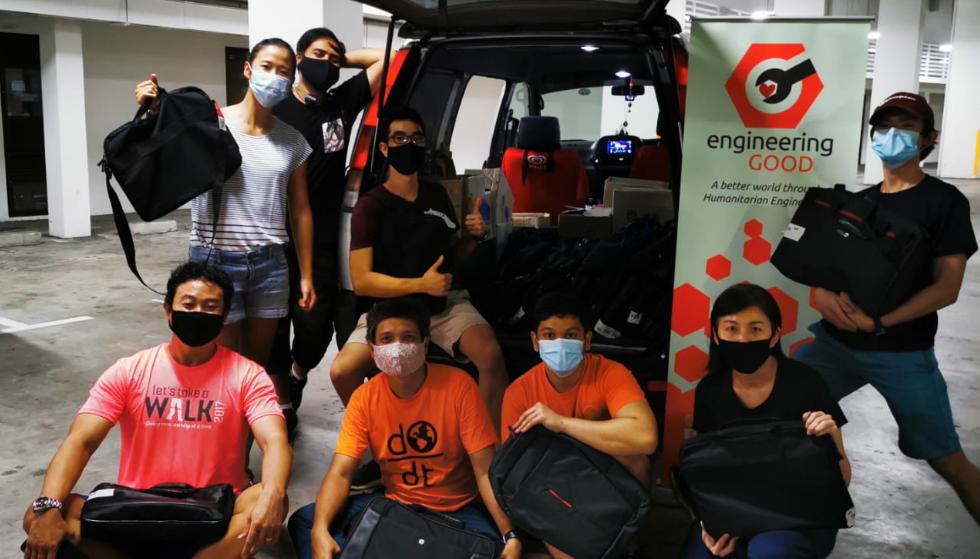
“Working at Engineering Good, we don’t have direct contact with the people who are receiving the laptops,” says Darin. “It’s the social workers who send the computers to agencies, which distribute them to the beneficiaries. We’re aware of the numbers [of those requesting computers], but we aren’t really aware of the end circumstance. But when some of the beneficiaries sent us photos with notes to thank us, I got an idea. I saw a very large family, for instance, sharing just one phone and using it for all the kids’ home-based learning. And it wasn’t even a big phone, just a small little thing, shared among so many people. That phone was their entertainment, work and home-based learning for everyone.”
“I saw a very large family sharing just one phone, and using it for all the kids’ home-based learning. And it wasn’t even a big phone, just a small little thing, shared among so many people. That phone was their entertainment, work and home-based learning for everyone.”
—Darin Lobo, volunteer with sustainable engineering nonprofit, Engineering Good
As to be expected, poverty is the main reason why these households are without digital access. There are also other contributing factors to the inequality. Social services agency @27 Family Service Centre, which works with Engineering Good, says they received about 60 requests for computers for home-based learning due to Covid-19. Darryl Loh, Director of Montfort Care, which runs the @27 Family Service Centre, says some of the families for which the centre provides social services, “are facing multiple stressors on top of poverty. Some of these complicating factors may include transnational parents, caregivers with low education and/or low digital awareness and capacity. Physical home environments and low connectivity due to unstable income also play a part in limiting digital access.”
And besides digital connectivity and hardware, there are other requirements needed for learning online at home to be viable. Says Darryl, “Having a device within the household does not, in and of itself, ensure that school going children would be able to access e-home learning. For effective digital learning to take place, the home environment must be able to provide adequate stability in terms of connectivity, some technical know-how and support as well as commitment to creating a conducive space for children to learn in. We are deeply grateful to non-profit organisations like Engineering Good who supported us in our bid to empower these families through the Computers Against Covid programme. With the hardware they provided, our social workers were able to follow up with the families and work through some of the limitations in getting school children engaged in home based e-learning. Even so, there is still much to do in supporting these high needs households.”
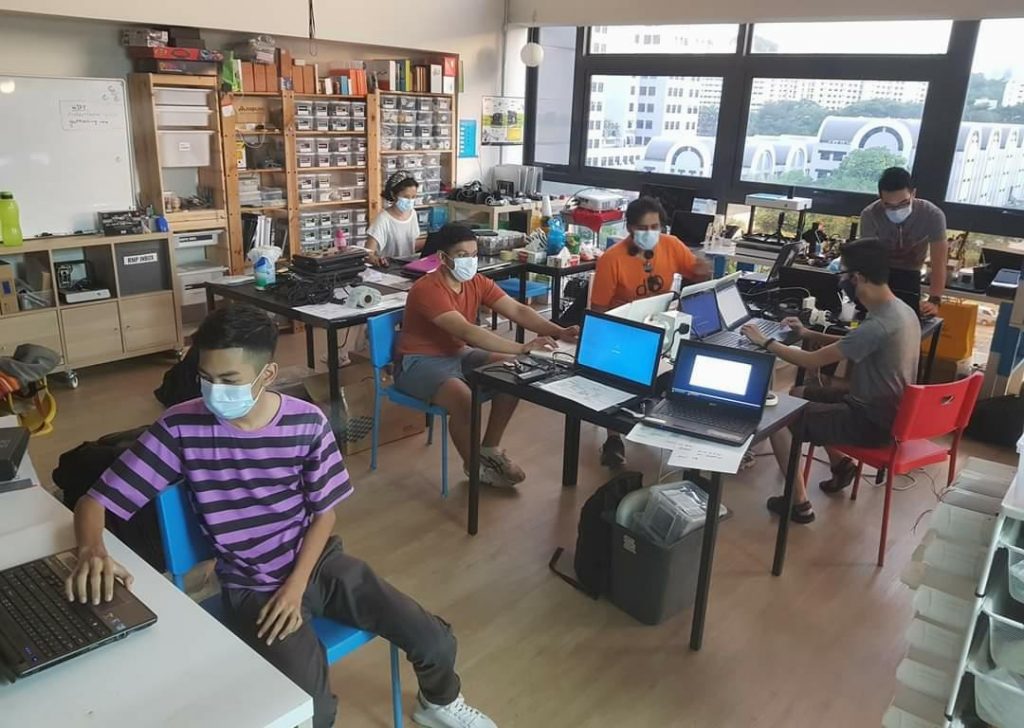
Widening the Net for All
Having the issue brought to light is a step, but moving forward, what can be done?
“The important thing,” says Su-Ming, “is to recognize that this digital divide does exists and it is a good start that the government has acknowledged it and is taking measures to address it. However, I do believe there will continue to be persons who fall outside of or are unable to benefit from these measures. This is where Engineering Good can step in to assist, and to try to bridge those gaps.”
Another group working to meet the needs of those who fall through the cracks is Project DIP (Digital Inclusion Programme). Formed last month, in August 2020, the band of just four people is partnering with schools, starting with primary schools, to help provide needy students with laptops.
The schools identify for Project DIP the children who don’t have laptops. Usually these are the students who aren’t able to do their online lessons, because they don’t have computers, or because their laptops are no longer working.
“We see that the digital divide can cause inequality,” says Francesca Wah, who heads Project DIP and is a former primary school English teacher. “It often results in a widening achievement gap, between the students who have access, and those who do not. And if this isn’t addressed early, the achievement gap will be compounded as time goes on.”
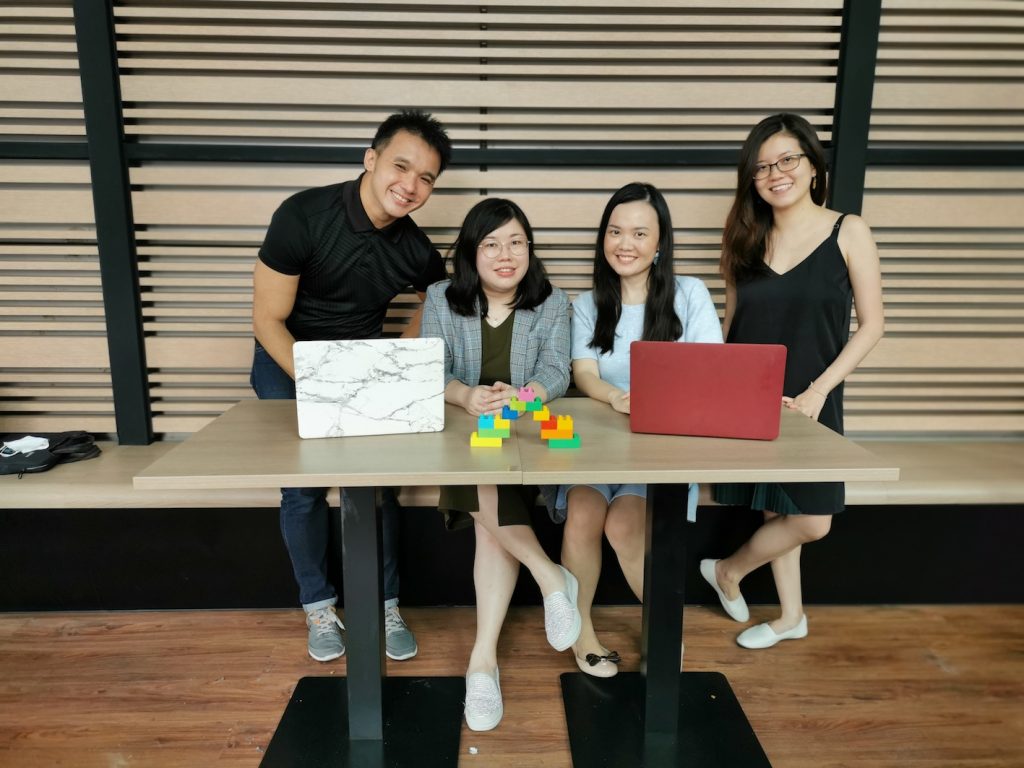
Francesca Wah and Amelia Peh
There are a number of reasons why some fall through the cracks, she says. Some don’t qualify for subsidies under the Financial Assistance Scheme because their household income slightly exceeds the qualifying income bracket. Some have already obtained a laptop under the scheme but their families are quite large, so there’s need for another laptop. Or some obtained a laptop through the scheme but now that laptop no longer works. Project DIP is partnering with Engineering Good for laptop donations and laptop repair.
“Because of Covid-19, there’s been a lot of effort to train seniors in digital literacy skills. It’s a good platform for these seniors to pass on what they’ve learned to the kids. It can also be very empowering for these older people.”
—Francesca Wah, of Project DIP (Digital Inclusion Programme)
Another plan Project DIP has in the pipeline is an interesting twist on the usual relationship to digital literacy across age groups, which typically sees the younger generation teaching digital skills to the older generation. They are working with RSVP Singapore, a nonprofit organisation of senior volunteers, to get these older volunteers to provide digital literacy training for students, such as how to access a computer control panel, how to use and protect a laptop and the ethics of using computers. “Because of Covid-19, there’s been a lot of effort to train seniors in digital literacy skills. It’s a good platform for these seniors to pass on what they’ve learned to the kids. It can also be very empowering for these older people,” says Francesca.
Nurturing Empathy for Persons with Disabilities through Tech
The second edition of Tech for Good, organised by nonprofit Engineering Good, aims to create positive change through design thinking innovations.
How would you show kids what life is like for a person with a disability? Sustainable engineering nonprofit Engineering Good thought there might be a better way to do that than a traditional outreach and education campaign. So last year in August, they decided to start something called the Tech for Good challenge. It was an invitation to school-age kids to design something which they thought would improve the life of a person with a disability. The students, aged from 13 years, were presented with a list of questions describing some of the problems faced by persons with disabilities. These are problems that might not occur to some of us, such as being able to safely cross traffic junctions with no auditory signals for the visually-impaired, and accessing websites which are not designed for the visually- or hearing-impaired.
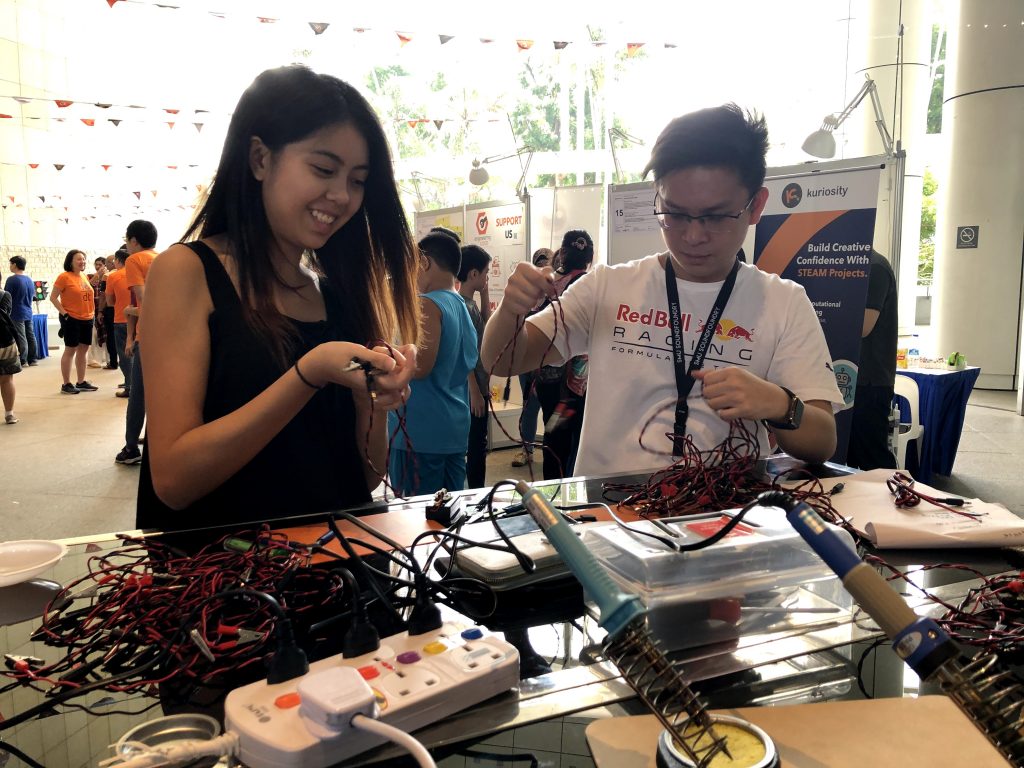
Students take a crack at finding solutions to make the lives of persons with disabilities better at the inaugural Tech for Good initiative in 2019, organised by Engineering Good.
“The purpose of Tech for Good is to get young people to ask critical questions about the experience of being a person with a disability,” says Saad Chinoy, who volunteers with Engineering Good and helms SpudnikLab, an organisation that leverages low-cost tech to make digital services accessible. He organised the inaugural Tech for Good challenge last year, which ran from August to November 2019. “Rather than just circulate information, we thought an innovation initiative would work better to build empathy among these young people.”
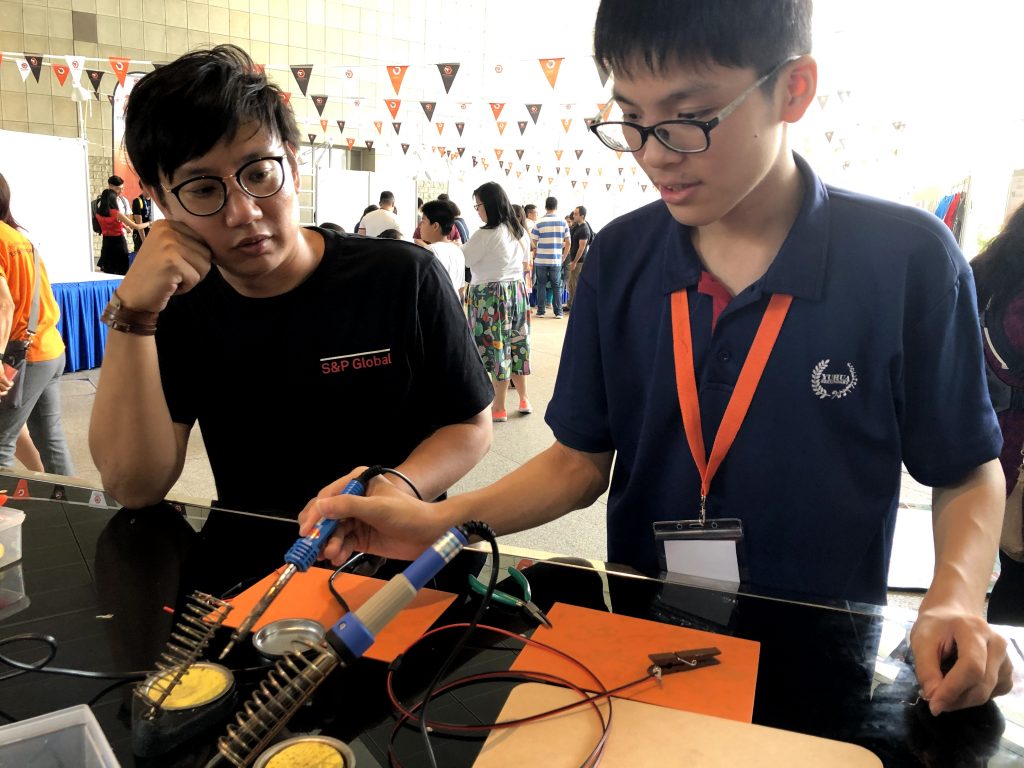
This year, the Tech for Good challenge ran from 22 August to 12 September, focusing on innovation that will help youth with disabilities find and sustain employment. There were four teams of students, aged 17 to 19.
SpudnikLab is collaborating with Engineering Good to support the hackathon. SpudnikLab will work with the nonprofit to take the most feasible proposals by the teams further for low-cost development, for instance, by facilitating the creation of apps on the KaiOS platform, a mobile phone operating system for low-cost feature phones.
